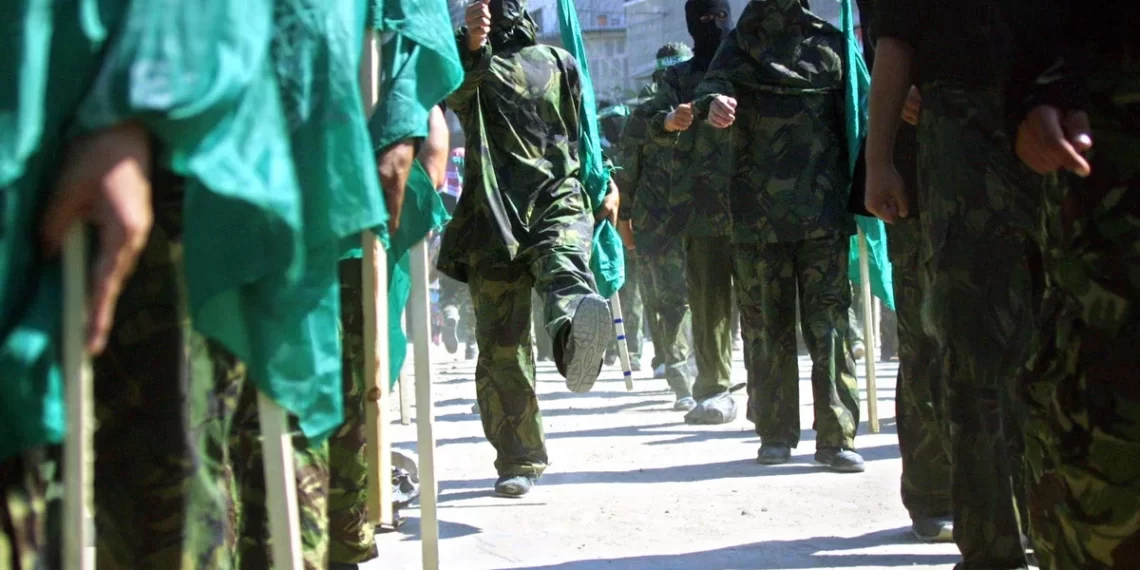Advertisement
In the tumultuous landscape of the Middle East, two prominent groups have consistently made headlines for their involvement in the Israeli-Palestinian conflict and broader regional dynamics: Hezbollah and Hamas. Both are militant organizations with significant influence, but they differ in their origins, objectives, tactics, and international relationships. In this article, we will delve into the distinctions between Hezbollah and Hamas to gain a better understanding of these two groups.
1. Origins and Background
Hezbollah: Hezbollah, which translates to “Party of God” in Arabic, was founded in the early 1980s in Lebanon. It emerged in response to the Israeli invasion of Lebanon and aimed to resist Israeli occupation and advance the interests of Lebanon’s Shia Muslim community. Hezbollah receives support from Iran and Syria.
Hamas: Hamas, the Arabic acronym for “Islamic Resistance Movement,” was established in 1987 during the first Palestinian intifada, or uprising, against Israeli rule. It originated as an offshoot of the Muslim Brotherhood and seeks to create a Palestinian state, rejecting any peace agreements with Israel. While it enjoys support from Iran, it primarily operates in the Palestinian territories.
2. Geographic Focus
Hezbollah: Hezbollah’s primary area of operations is Lebanon, where it has a significant presence and a militia that played a pivotal role in the country’s politics and security.
Hamas: Hamas is primarily active in the Palestinian territories, specifically the Gaza Strip and the West Bank. While it has a presence in the West Bank, its stronghold is in Gaza.
3. Military and Political Wings
Hezbollah: Hezbollah has both a well-armed military wing and a political wing. Its military wing, known as the Islamic Resistance, is a formidable force with a history of conflicts with Israel. The political wing is involved in Lebanon’s government and holds seats in the Lebanese parliament.
Hamas: Hamas also maintains both a military wing, the Izz ad-Din al-Qassam Brigades, and a political wing. While its military wing is responsible for launching attacks on Israel, the political wing governs the Gaza Strip.
4. International Support and Recognition
Advertisement
Hezbollah: Hezbollah is supported by Iran and Syria, and it has received international attention for its involvement in regional conflicts, particularly in Syria and Iraq. Some countries, such as Iran, consider Hezbollah a legitimate resistance group, while others, including the United States and Israel, label it as a terrorist organization.
Hamas: Hamas is supported by Iran and enjoys a degree of recognition in the Palestinian territories, especially in Gaza. It is labeled a terrorist organization by Israel, the United States, and several Western countries.
5. Tactics and Objectives
Hezbollah: Hezbollah’s main objectives are to resist Israeli influence in Lebanon, protect Shia interests, and confront perceived threats to the Lebanese Shia community. It has employed guerrilla warfare and rocket attacks against Israel and is known for its military capabilities.
Hamas: Hamas’s primary objective is to establish a Palestinian state and oppose Israeli occupation. Its tactics include launching rocket attacks on Israel, engaging in armed confrontations, and, in recent years, participating in limited political processes.
6. Role in Regional Conflicts
Hezbollah: Hezbollah has played a significant role in conflicts beyond Lebanon, notably in the Syrian civil war, where it supported the Syrian government. It has also been involved in Iraq and Yemen.
Hamas: Hamas’s primary focus is on the Israeli-Palestinian conflict and the Palestinian territories. While it has received support from Iran, its activities are largely confined to this regional context.
7. Relations with Israel
Hezbollah: Hezbollah has a long history of hostilities with Israel, with multiple clashes and wars, the most recent being the 2006 Lebanon War.
Hamas: Hamas is known for its ongoing conflicts with Israel, including periodic confrontations, such as the 2021 conflict in Gaza.
In conclusion, while Hezbollah and Hamas share some commonalities as militant groups resisting Israeli influence, they have distinct origins, geographic focuses, and objectives. Understanding these differences is crucial for comprehending the complex and ever-evolving dynamics in the Middle East and the Israeli-Palestinian conflict.






